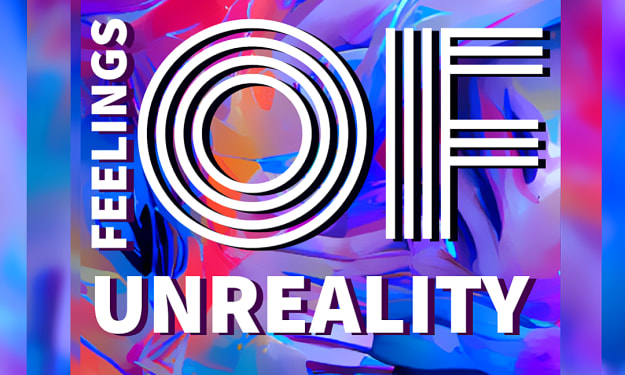Strategy For Innovation: Design Thinking
The idea of “Design Thinking” delineates a reiterative process that assists both designers and engineers

(Image source: https://www.pexels.com/photo/three-people-sitting-beside-table-416405/)
(img 1 alt text: Stand out from the competition with our strategy for innovation: Design Thinking | MEC)
The idea of “Design Thinking” delineates a reiterative process that assists both designers and engineers in comprehending customer requirements, analyzing and acknowledging assumptions, articulating issues, and providing novel ideas for testing and prototyping. Dealing with unresolved or imprecise circumstances can be effectively handled with this notion.
Unlike conventional design methods, which tend to be less creative and user-focused, design thinking is a problem-solving process that are not only beneficial for resolving societal but also cultural or technical challenges. The nature of these challenges are generally ambiguous and tough or unattainable to address for at least four reasons: lack of expertise or inconsistent knowledge, the number of involved participants and discernment, A substantial financial strain and the interrelated nature of the problems.
At the beginning of the issue-solving process, both the problem and its resolution are undiscovered in this instance. Even when the comprehensive solution to the matter is apparent it might require an extensive amount of time and effort to fully understand and evaluate the basic requirements. As a result, problem definition and explanation take up an unreasonable amount of the problem-solving process in Design Thinking.
Design Thinking and Innovation
Design thinking is the framework upon which the ways of thinking that promote creativity and the creation of innovative concepts are laid out, usually within a plan of strategy that strives to accomplish customer satisfaction in the simplest way feasible, by offering value to them.
A Design Thinking Process workflow in 6 simple steps
(image source:https://www.freepik.com/free-vector/process-infographic-template_15441403.htm#query=design%20thinking%20work%20flow&position=8&from_view=search&track=ais )
(image 2 alt text: The design thinking process- How does it work? | MEC)
The six fundamental phases of Design Thinking could be formulated in distinct manners by multiple design professionals. Still, all versions continue to depend on these six core stages, with potential minor alterations.
The three primary categories- Understand, Explore, and Materialize encompass all six essential processes. The phases of empathize and define are in the understanding phase, ideate and prototype are in the exploring phase, and the final two phases testing and implementing are based on materialize.
Empathize — Examine and research the needs of the customer. By rigorous examination and evaluation of the customer’s desires, demands, and constraints, you gain an understanding of the issue that needs to be addressed from their perspective. Since it enables you to look at the matter from the viewpoint of the client and acquire genuine insight into their expectations and objectives, empathy is integrated into the design procedure with an achievable purpose.
Define — Define or outline the demands and issues of the customer. In this step, you process the data acquired during the Empathize stage and assess and combine the findings to determine the primary obstacles and specific technical prerequisites. Problem assertions, which are result-oriented files, serve as the catalyst for ideation.
Ideate — Accept hypotheses and produce conceptions. Ideas are being formed at this stage. The results of the initial two phases indicate the initiation of the “thinking unconventionally” process, which comprises looking for alternative methods of tackling the issue in addition to coming up with unique technical alternatives and fixes for the stated problem. Idea generation is a crucial strategy for achieving this step.
Prototype — Here, the objective is to develop an ideal response to the problems raised by considering the requirements of the client, the available resources, and the production schedules. The purpose of the prototype is to conduct research on the ideas and solutions that were produced during the project’s development.
Test — The prototypes go through extensive testing. The outcomes of tests can be used to reframe certain issues, refuse responses, and even modify basic requirements because Design Thinking is an iterative process. You can go back to perform further changes, adjustments, and corrections, or come up with intriguing concepts by going back to the preceding phases.
Implement- The vision is put into action during the implementation stage, which is often considered the sixth and ultimate stage for certain models. Ensure that your idea is executed and has an impact on the lives of your end users. It is the conclusion of the previous stages that come altogether after development to put the final solution into action.
MEC, a well-known engineering consultancy, offers specialized services and performance-driven technical expertise to clients all over the world. From concept to commission to production, we have you covered. Partner with us to implement optimal solutions that improve performance and expand growth opportunities.
Explore our varied engineering consulting services that drive business growth among prime market sectors globally.
About the Creator
iDigitize Infotech LLP
We at iDigitize, elevate Brands with impactful digital marketing experiences & web development services. From developing your web presence to conveying your brand’s story, we align design & development with effective strategies






Comments
iDigitize Infotech LLP is not accepting comments at the moment
Want to show your support? Send them a one-off tip.